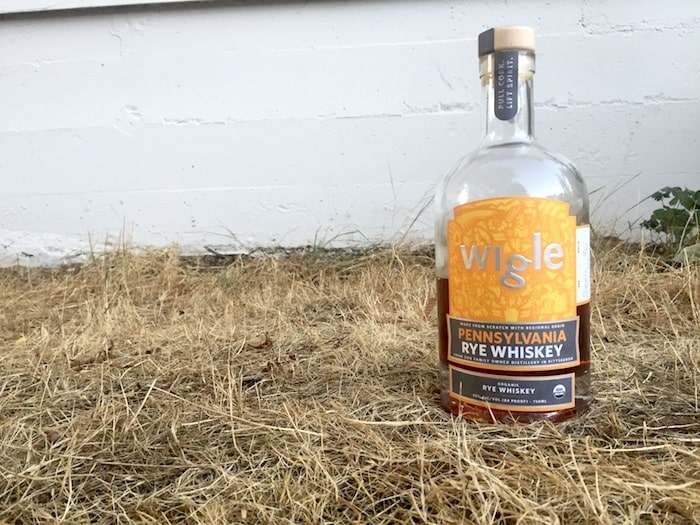Even before achieving distilling infamy in the Whiskey Rebellion of the 1790’s, Pittsburgh had a long history of producing great American whiskies, especially the distinctively earthy and spicy variety called Monongahela Rye. The makers of Wigle Pennsylvania Rye Whiskey, Pittsburgh Distilling Company, state, “Pittsburgh was the original home of whiskey-making in America. The German immigrants were familiar with Rye grain and the Scottish immigrants knew how to distill, so it made for a natural marriage.” Rye whiskey was Pennsylvania’s pride.
This prized history was something Wigle co-owners, and siblings Meredith Grelli and Eric Meyer kept in mind when they started the Pittsburg Distilling Company. In 2010 on a wine tasting trip to Niagara, Canada, the family began to wonder about the wine tasting experience and how could they bring something like it to their beloved Pittsburgh.“We liked what they had created,” Meredith says. “They had this incredible sense of community and all these incredible products.” But they knew it would have to be whiskey in Pittsburgh, and not wine, to honor the history and palate of the place.
So they took a leap of faith and decided to start a distillery, but it turned out to be a hard path. Pittsburgh Distilling Company would be the first distillery to open there since prohibition, and since that time, alcohol laws in the state had been strict. Pennsylvania didn’t allow for onsite alcohol tasting rooms, forcing Wigle founders to wage a two year legal battle to even be able to sell their products at the distillery. The distillery was a labor of love for their hometown and Grelli and Meyer eventually won the fight. This passion shows in Wigle’s carefully crafted, and well balanced spirits.
A side note, Wigle was named for a hero of the whiskey rebellion, Phillip Wigle, a rebel fighter for Pennsylvania’s delicious American whiskey barrels. According to the brand’s website, Wigle was sentenced to death by George Washington for sparking the Pittsburgh Whiskey Rebellion, but later pardoned. After, he continued to make renowned whiskies from Pittsburgh’s Monongahela Rye.
Says the company, “Wigle Whiskey is working to restore a Pennsylvania tradition championed by these rebellious distillers. We make spirits much the same way Wigle and his friends did when Pittsburgh was the center of American Whiskey – with a copper pot and local ingredients.”

Tasting Notes: Wigle Organic Pennsylvania Rye Whiskey
Stats: Wigle Pennsylvania Rye Whiskey is 42% ABV (84 proof), made with organic rye, wheat and malted barley. From the website, “The mashbill will change depending on the flavor potency of each grain (i.e. sometimes the rye tastes spicier) so that the distillate always ends up being nicely consistent in flavor.”
Appearance: The color is rusted, bronzed, almost metallic in oranginess, and yellow tinged around the edges. And it’s a little foggy, as if not completely filtered. Very slow, well spaced legs, line the glass.
Nose: Vanilla and pinesap add a little balance to a palate that is aggressively floral, with gardenia and orange blossom. It’s clean, with apple cider, black peppered pie spice finishing with an herbal quality.
Palate: On the palate this rye is complex and almost refreshing, juicy, slightly floral moving into apple pie, cider, sour kumquat and cinnamon. Anaheim chili and pepper are followed by just a hint of wheat grass and sap. Underlying oil and dough, with Rainier cherry juice lingering on the finish, fading to old fashioned rootbeer, smoke, wet leaves, green banana, and a touch of frosting.








